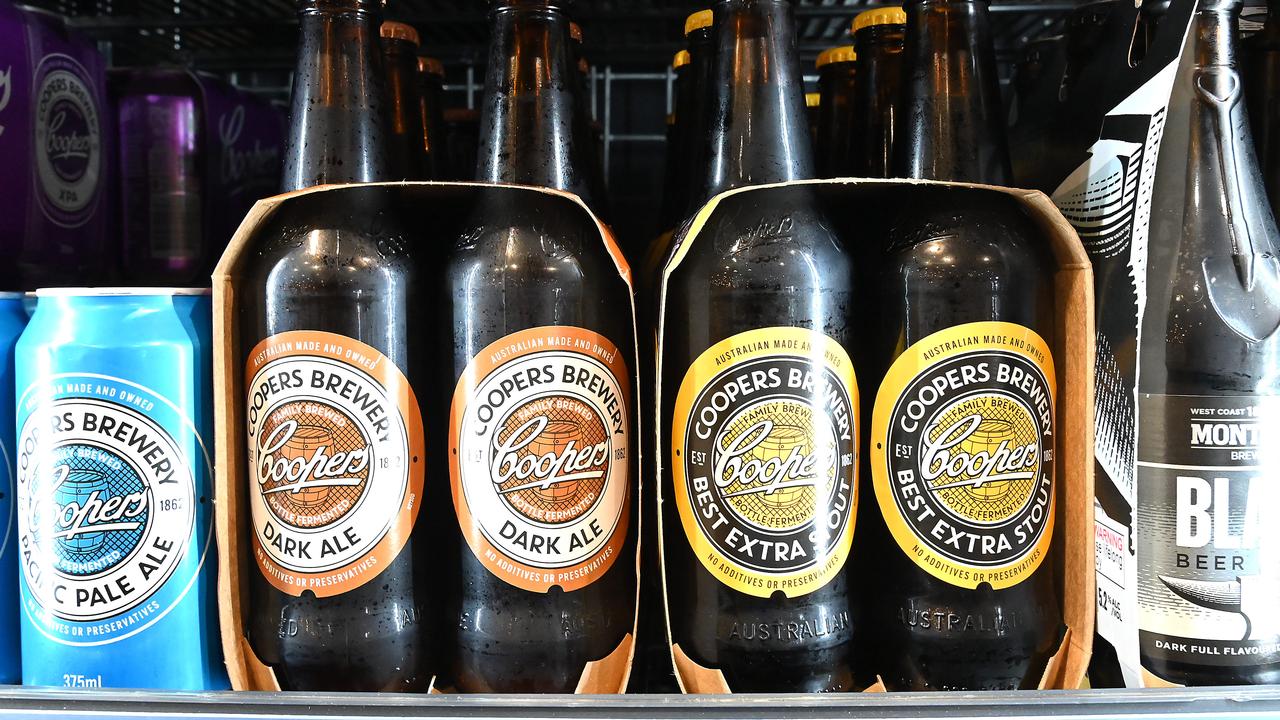‘Grew considerably’: Fast food sales boom despite Australia’s cost of living crisis
Aussies might be feeling the pinch right now but we’re still refusing to give up one little thing as the nation’s cost of living crisis rages.
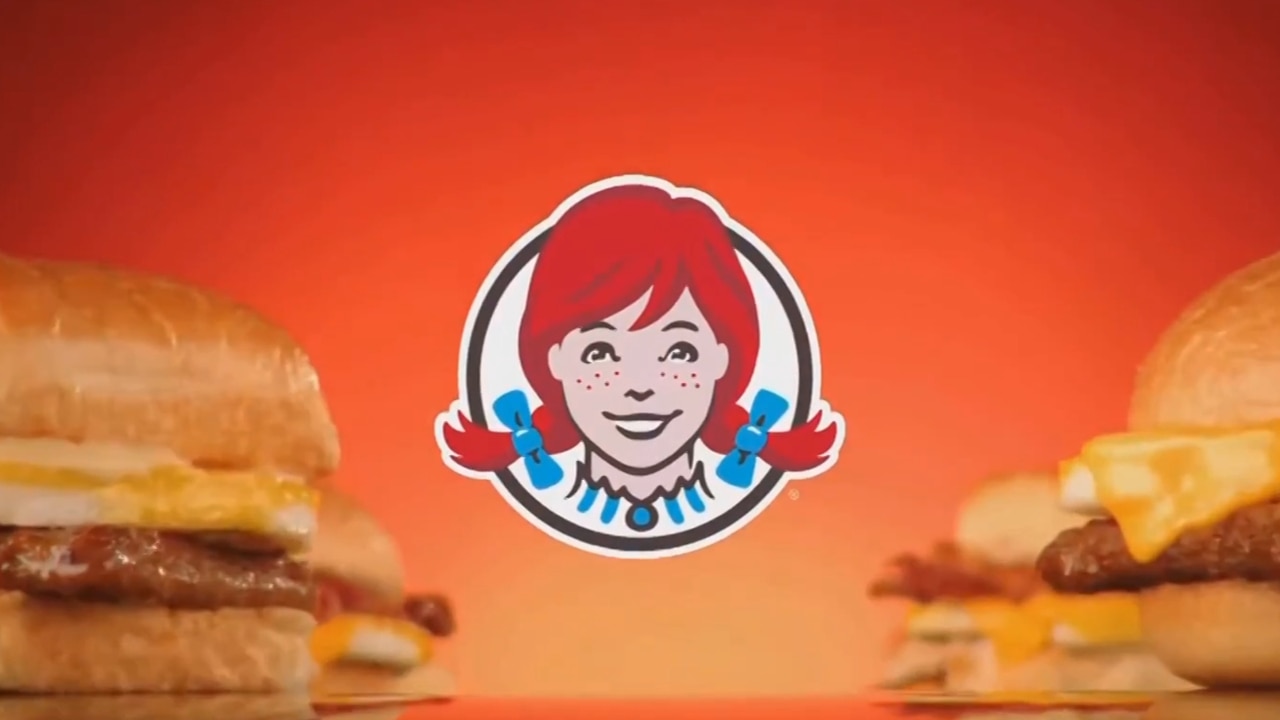
Retail
Don't miss out on the headlines from Retail. Followed categories will be added to My News.
The country might be in the grip of a cost of living crisis, but Aussies are refusing to give up their favourite fast food treats.
Earlier this year, Collins Foods – the largest operator of KFC franchises in Australia – posted a record $1 billion in full-year sales.
Revenue grew by 10 per cent to $1.05 billion for the 12 months to April 30, proving Aussies just can’t get enough of the fried chicken empire.
It was a similar story for Domino’s Pizza, which – after a challenging year due to inflation and nailing its value equation for customers – made a number of changes which saw a massive jump in sales over the first seven weeks of the new financial year, with Same Store Sales sitting at +6.6 per cent for the Australian and New Zealand market.
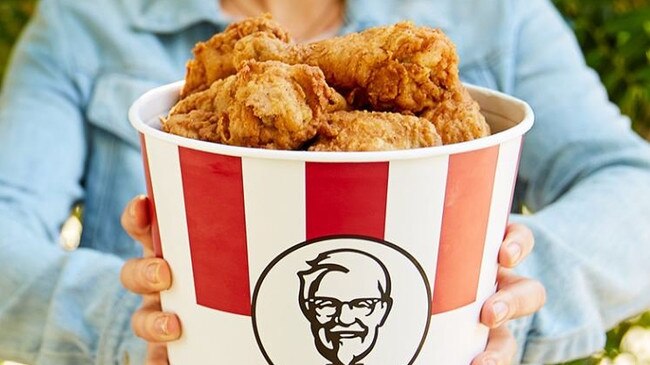
“We believe our pricing for customers now appropriately balances the costs for our stores, while ensuring we deliver customers ultimate value. The key for our improved performance in FY24 is increasing the number of customers we serve each week,” CEO Don Meij said recently.
Macca’s is also in the midst of a sales boom, recently announcing plans to roll out 100 new stores across Australia over the next three years as part of a massive $1 billion expansion strategy.
New Australian CEO Antoni Martinez told The Australian there had been a fresh wave of popularity in its restaurants, online delivery platforms and rewards program despite the tough economic climate.
“We are seeing customers and sales growth, we’re seeing opportunities to innovate and excite customers, because we’re seeing drivers in growth such as the delivery platform and drive thru, in our McCafe,” Mr Martinez said.
“And it tells us that Aussies are really keen to see more McDonald’s in their local communities.”
And McDonald’s isn’t alone in planning to aggressively open new restaurants, with cult US burger chain Wendy’s preparing to muscle in on the Australian fast food market after inking a deal to open 200 stores nationwide in the coming years.
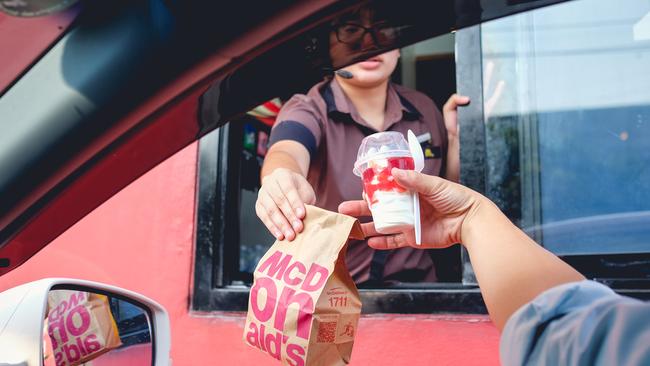
It comes as Aussies continue to spend up on cheaper, better-value fast food and takeaway meals despite the well-documented cost of living crisis.
In fact, in August the Australian Bureau of Statistics revealed that cafes, restaurants and takeaway food services rose 1.3 per cent ($68.4 million) in seasonally adjusted terms.
“Cafes, restaurants and takeaway food services turnover grew considerably, despite an overall slowing down in food-related spending in recent months,” ABS head of retail statistics Ben Dorber said.
“The rise in July was boosted by additional spending at catering and takeaway food outlets linked to the 2023 FIFA Women’s World Cup and school holidays.”
And according to IBISWorld, fast food revenue has “grown at an annualised 2.1 per cent over the past five years and is expected to total $23.2 billion in 2022-23, when it will jump by an estimated 11.4 per cent”.
“In the future, fast food’s greater convenience and improved nutritional content will drive its expansion,” IBISWorld predicted.
“Fast food stores will provide consumers with an evolving product selection to gain market share. Traditional fast food sellers will adjust their ranges, adding new healthier options and catering to changing consumer tastes and dietary requirements.
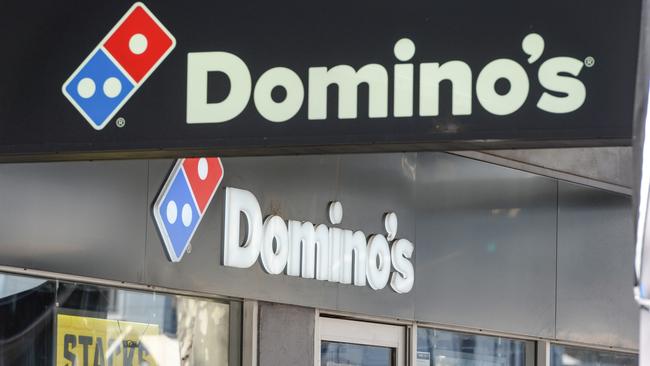
“Because of these trends, revenue is forecast to rise at an annualised 1.6 per cent over the five years through 2027-28, to total an estimated $25.1 billion.”
Meanwhile, recent research from Finder has revealed that while the rising cost of living has forced many Aussies to change their spending habits, millions are refusing to give up their luxuries.
A Finder survey found three-quarters of Australians – equivalent to 15 million people – have held onto certain comforts despite soaring costs, with entertainment, dining out and takeaway coffees topping the list of treats Aussies are clinging onto regardless of rising prices.
Chris Jager, shopping expert at Finder, said despite discretionary spending falling, there are certain luxuries Australians won’t relinquish
“On one hand, a quarter of people are forgoing non-essentials just to make ends meet. On the other, many aren’t ready to let go of certain things that provide them joy,” he said.
“The data points to a widening gap in Australia between the haves and the have nots – some are being forced to take drastic action while others are unaffected.”
And it turns out there could be a very valid reason why so many Australians are continuing to treat themselves in the face of economic uncertainty.
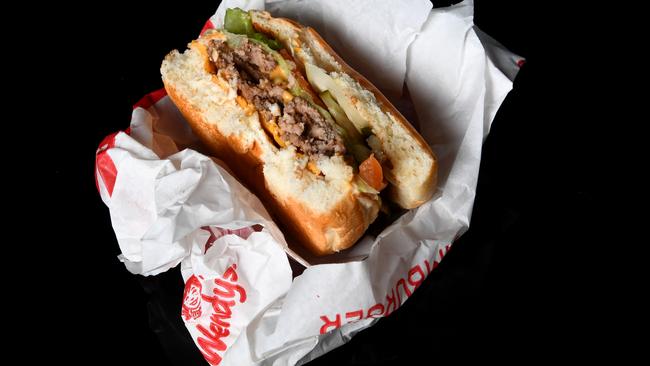
ANZ senior economist Adelaide Timbrell previously told news.com.au the so-called “lipstick effect” was a well-known phenomenon within financial circles.
“The lipstick effect is one name for it, although it comes in a few different forms, and it’s when, during an economic downturn, although total spending in the economy tends to decrease or not grow as much as usual, there is an uplift in certain categories of smaller luxuries (such as cosmetics and food),” she said.
“People are not buying as much of the big stuff as they usually would, but they are comforting themselves with little treats.
“So while people may not be buying those bigger ticket items they did during booms like cars, home renovations or big household appliances, we may see with a low unemployment rate and solid wage growth a little bit more growth than we would otherwise see in smaller things like takeaway and smaller luxury items.”
Originally published as ‘Grew considerably’: Fast food sales boom despite Australia’s cost of living crisis





